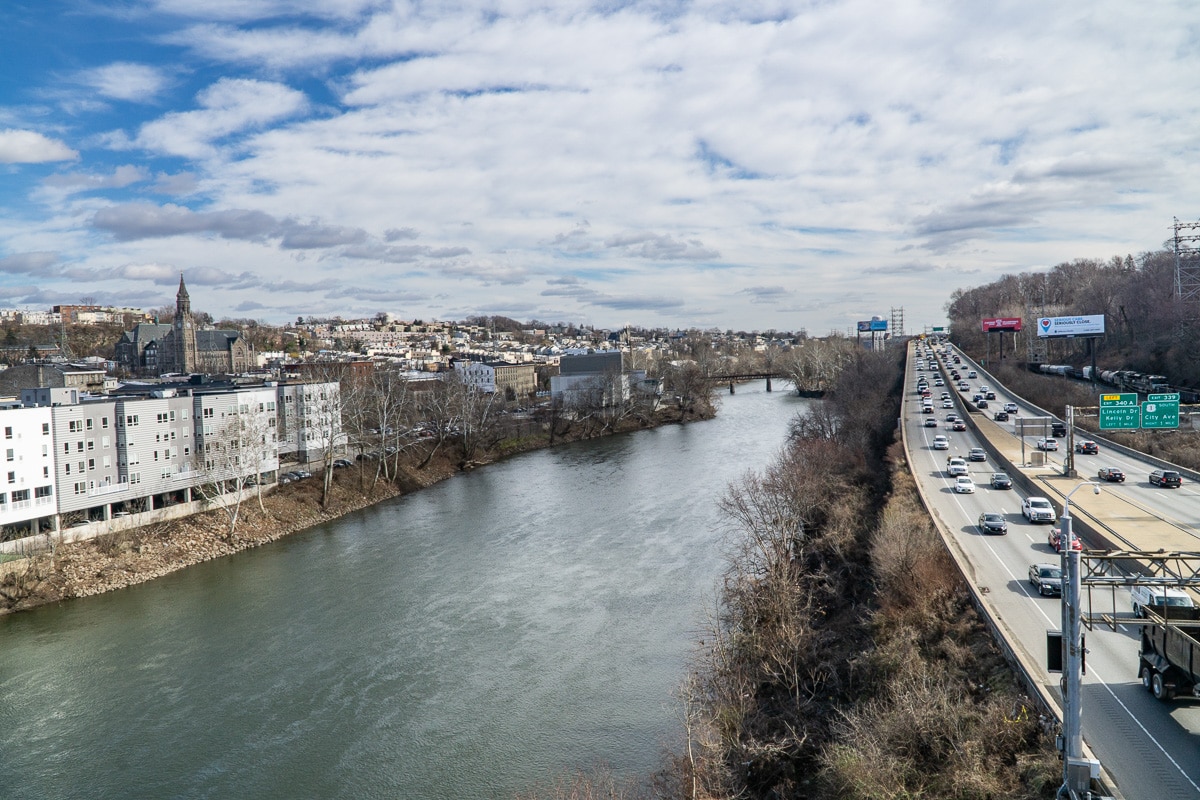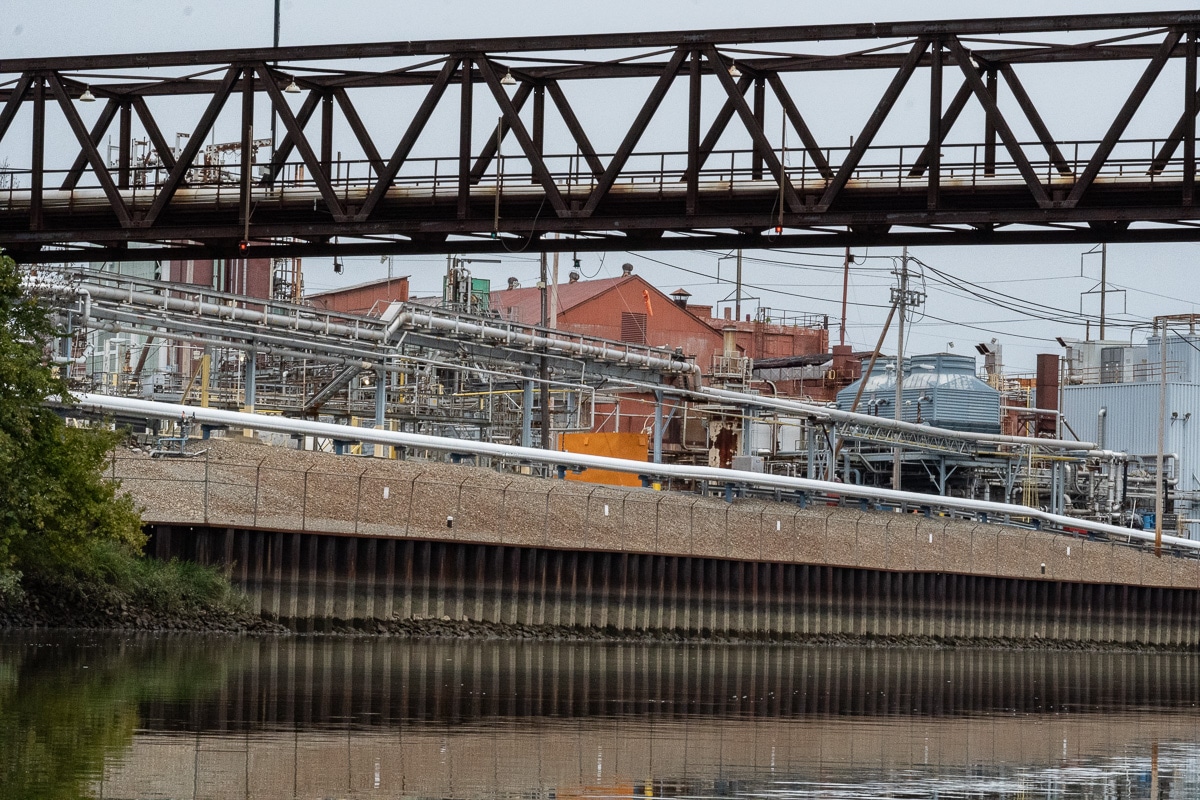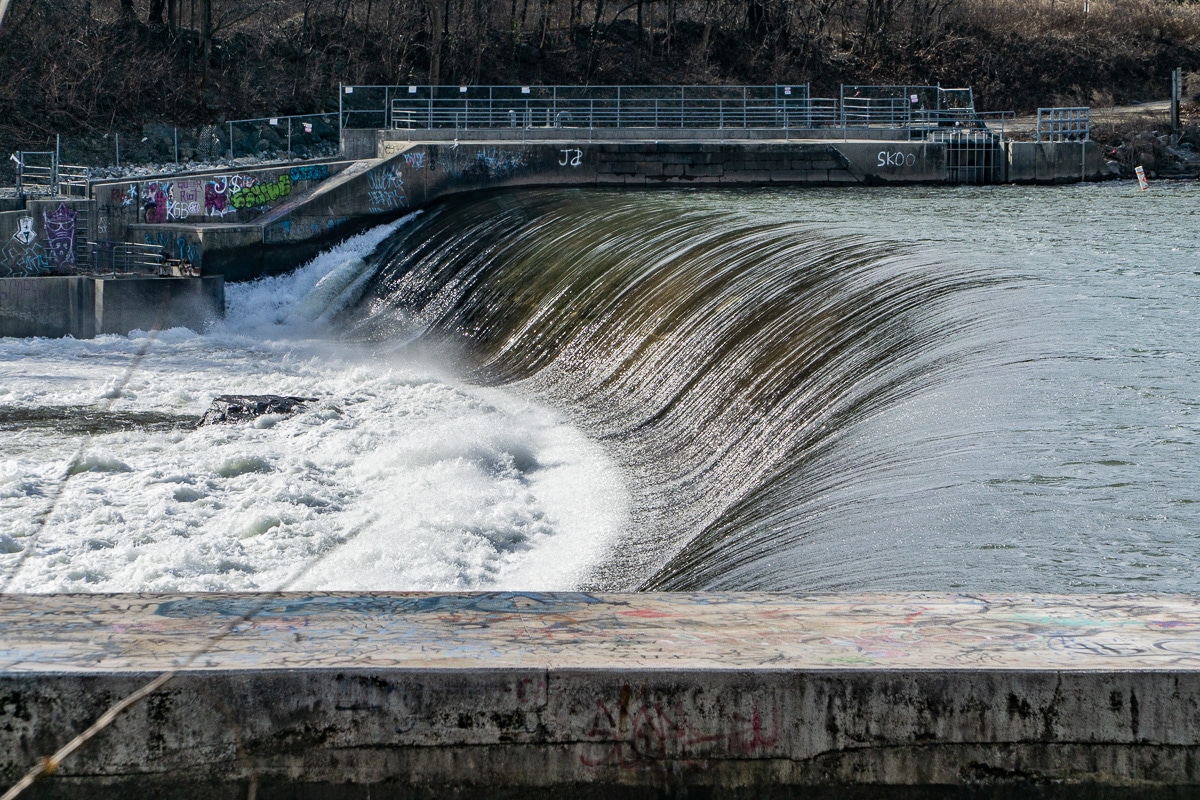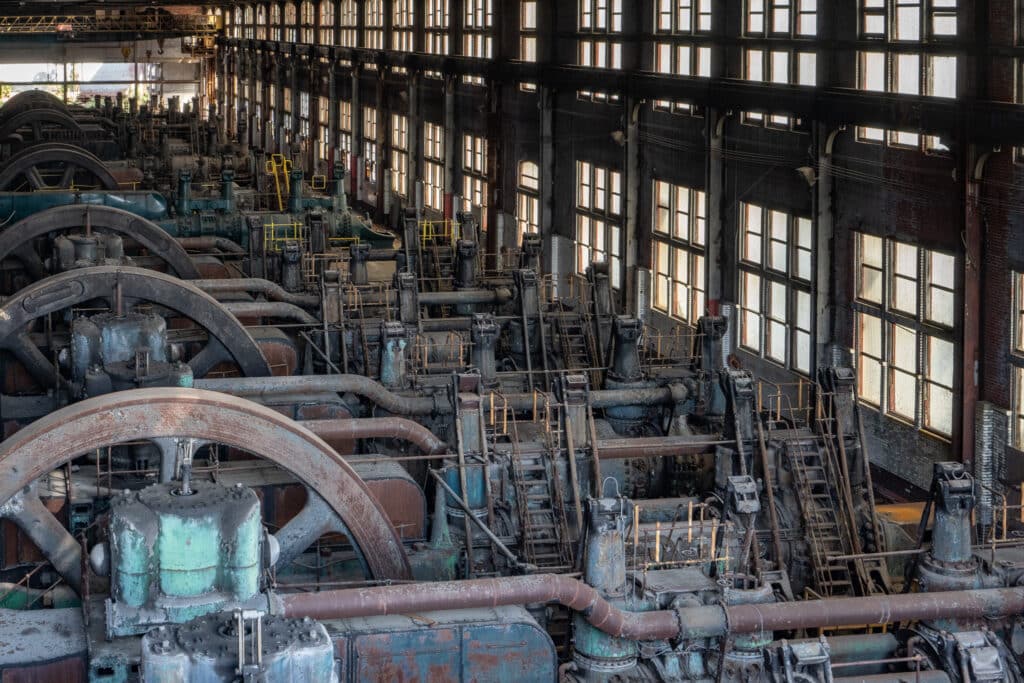The love-hate relationship is really about the bottomland. At the dawn of civilization, the value of the flood plains took root, initially because the soil was most fertile there, but later as a place where the needs of trade could be most easily met. What have we built in the bottomlands? First, the docks and facilities needed for shipping, then the conduits of that shipping. Waterways have already carved routes through the countryside and softened the soil at their edges. First came canals, then railroads, and finally, highways. All served industries that desired proximity to water for transport, cooling fluid, washing processes, and a place to dispose of toxic effluent. Mostly these structures are in a flood plain.
The next step is to protect the floodplain from floods, resulting in dikes, rip rap, bulkheads, dams, and so forth, without regard to their environmental impact. Nature seems to have a sense of irony because all this effort leads to worse flooding, which leads to more significant infrastructure projects, which leads to……
Anyway.
The industrial revolution in the Delaware watershed began with water-powered mills. The edge of the piedmont is close to and parallels the main stem of the tidal Delaware River from Wilmington to Trenton. The mills were on lesser rivers and streams near the Delaware River, a deep-water port. Their products could be shipped anywhere. By the 17th century, with the construction of the first mills, a small-scale prototype of what the Delaware would become existed; over time, it would be scaled up. It would not be long before the tributaries on the western side of the river became terraced with dams set up to power mills.
The mills must have been fun to design, build, and operate. The ingenious systems of classical mechanics made of wood and hand-forged iron were constructed for various purposes, grinding, sawing, and pumping. The arrangements of gears and cams were the basis of the nascent industrial revolution. Outside these structures, the hydraulics of harnessing a stream was equally ingenious, including dams and raceways and the water wheel itself; converting the flow of a stream to mechanical energy is a complex task. Mill wrights were producing the engineering marvels of their day. A visit to a historic operating mill is a mesmerizing experience even now.
The challenges of harnessing the energy of a stream obstructed the vision of a waterway’s other aspects. Dams wholly change the character of a creek closing it off to migratory fish, for example. The wholesale changes as the forest landscape gave way to farming meant silting and warmer flows of unshaded water. The point was to grind wheat or saw lumber, all profitably, and these side effects were not a consideration. In the early days, the wilderness was vast, the labor cheap, and the profits immense for some. What did a few fish matter?
The industrious beaver became a hat and then a pest, as the tone was set for the Americas to become a European continent.







